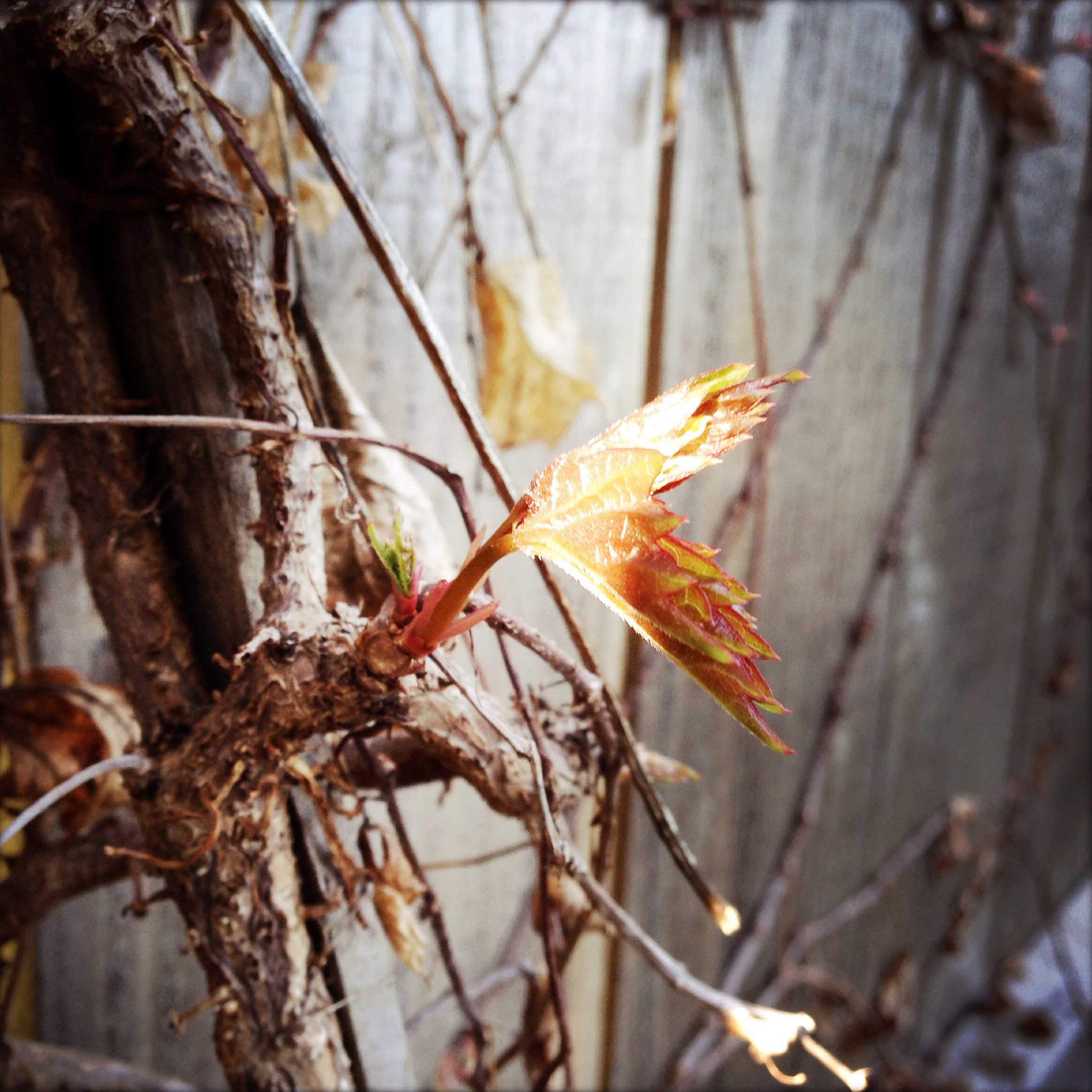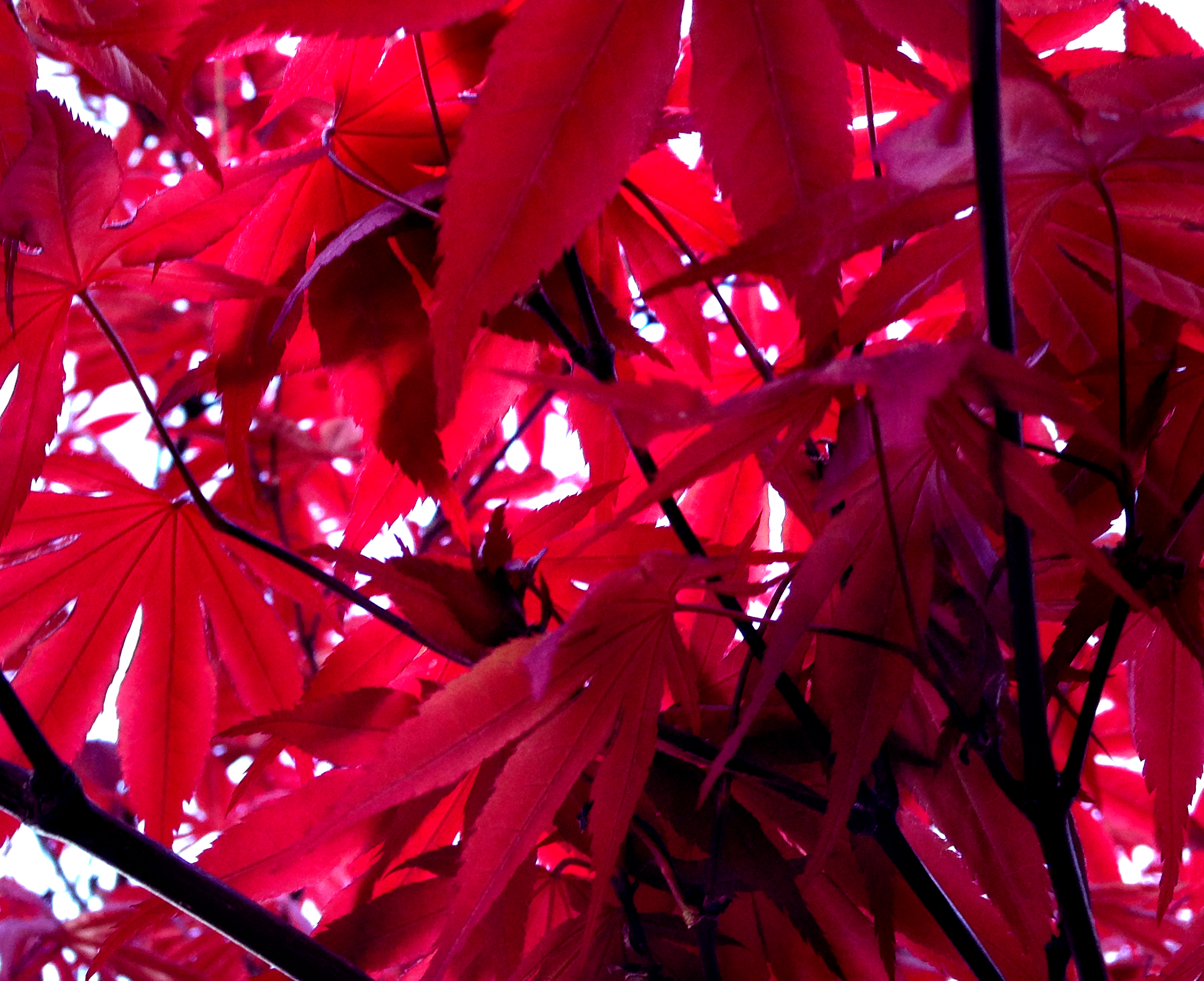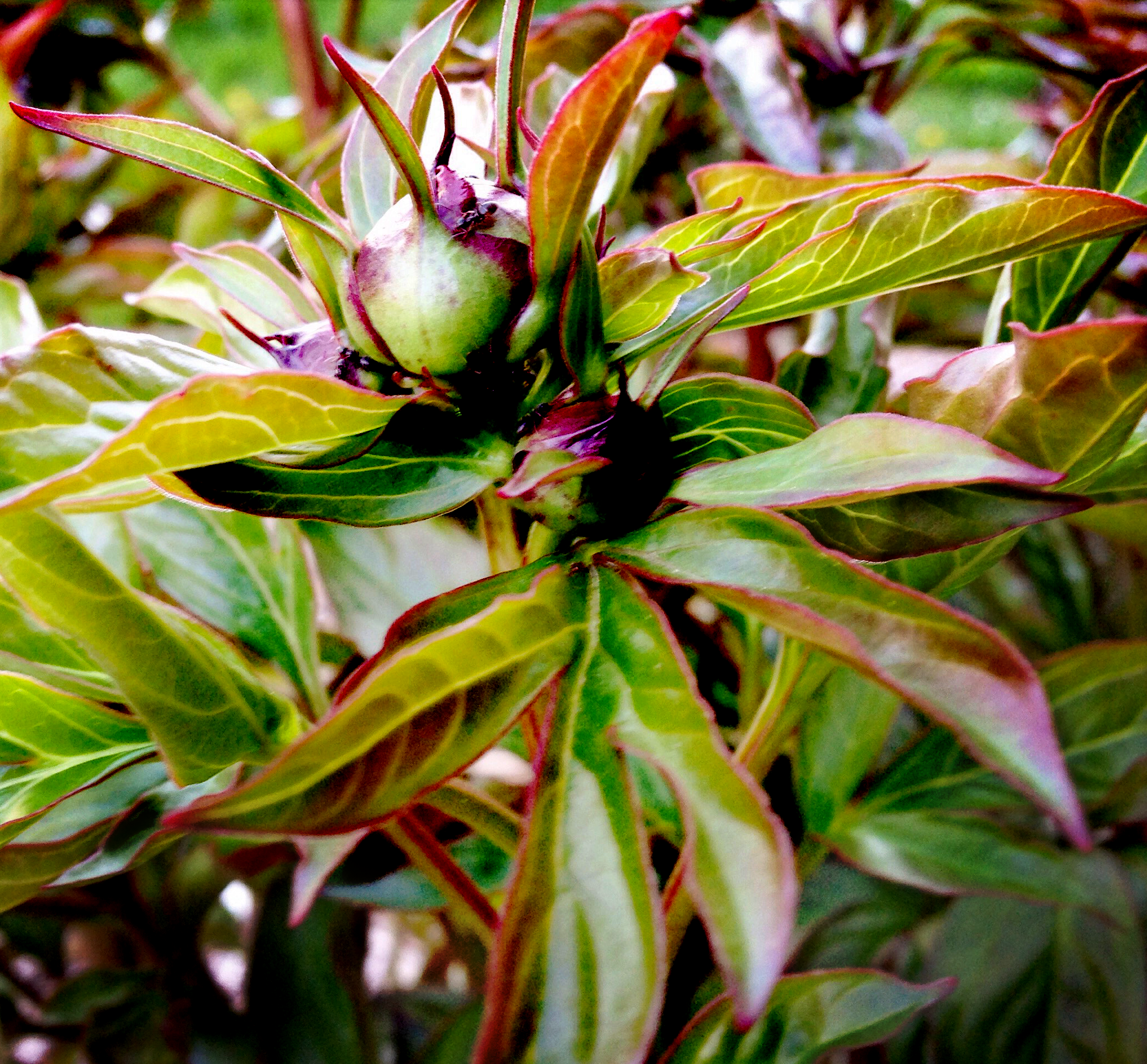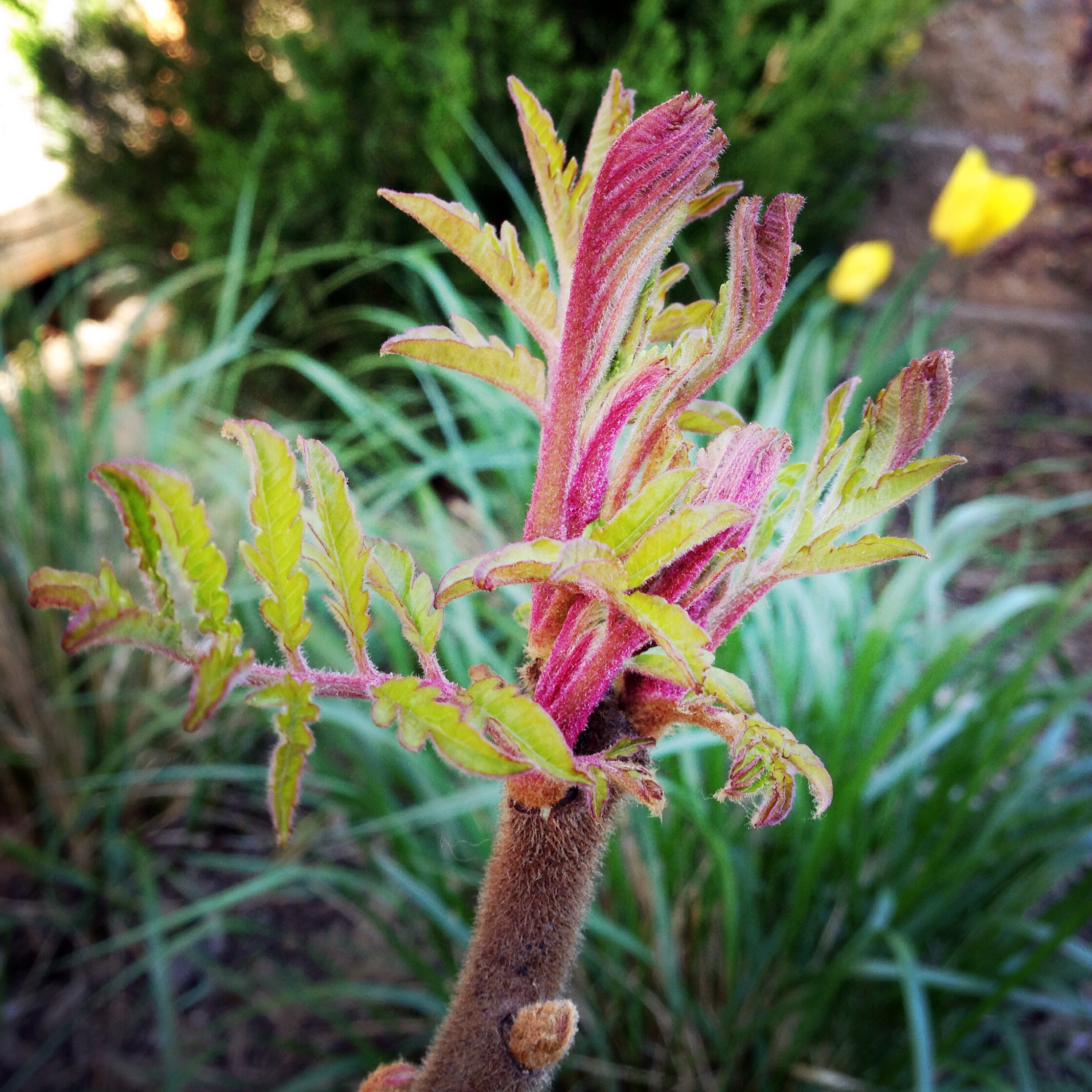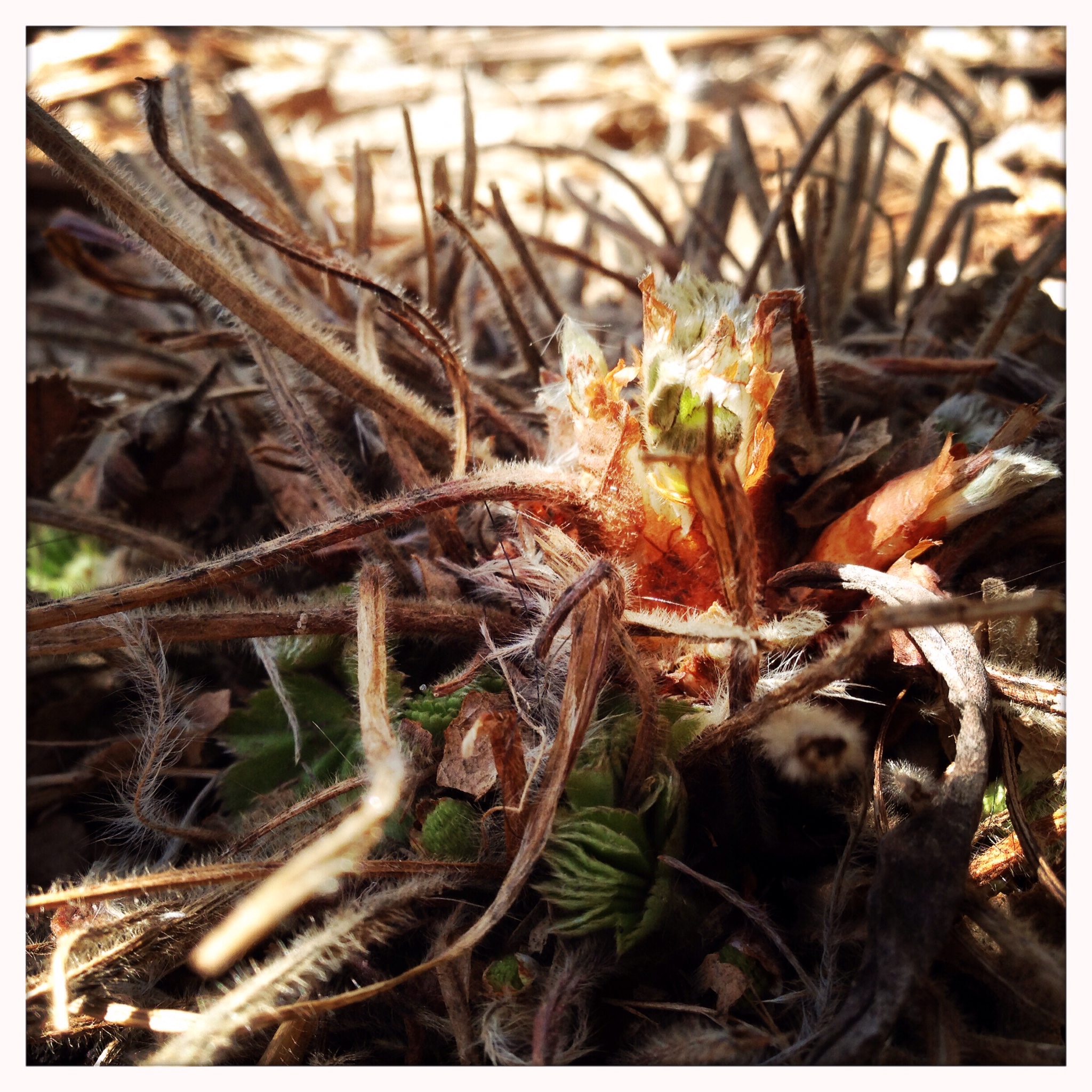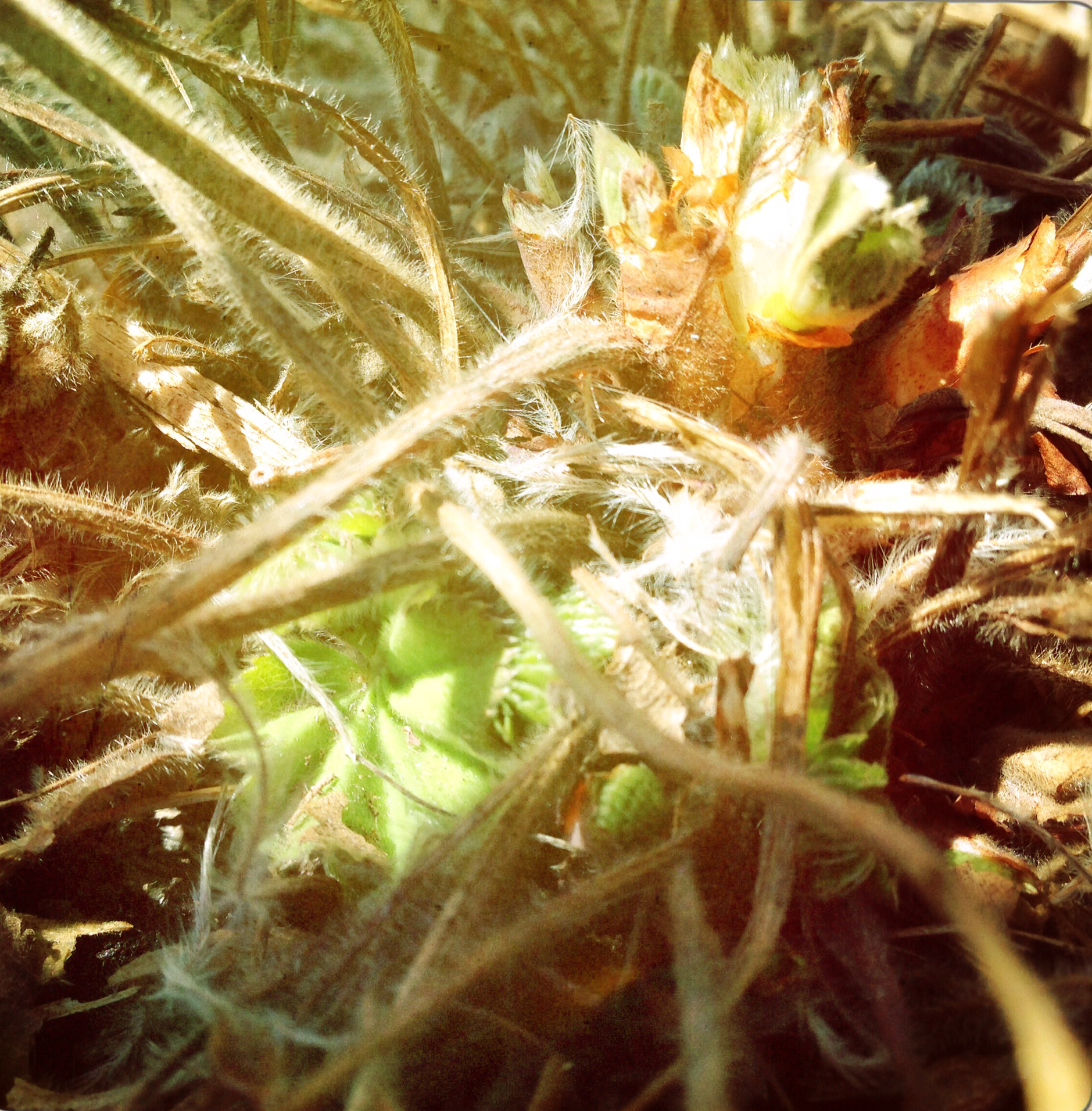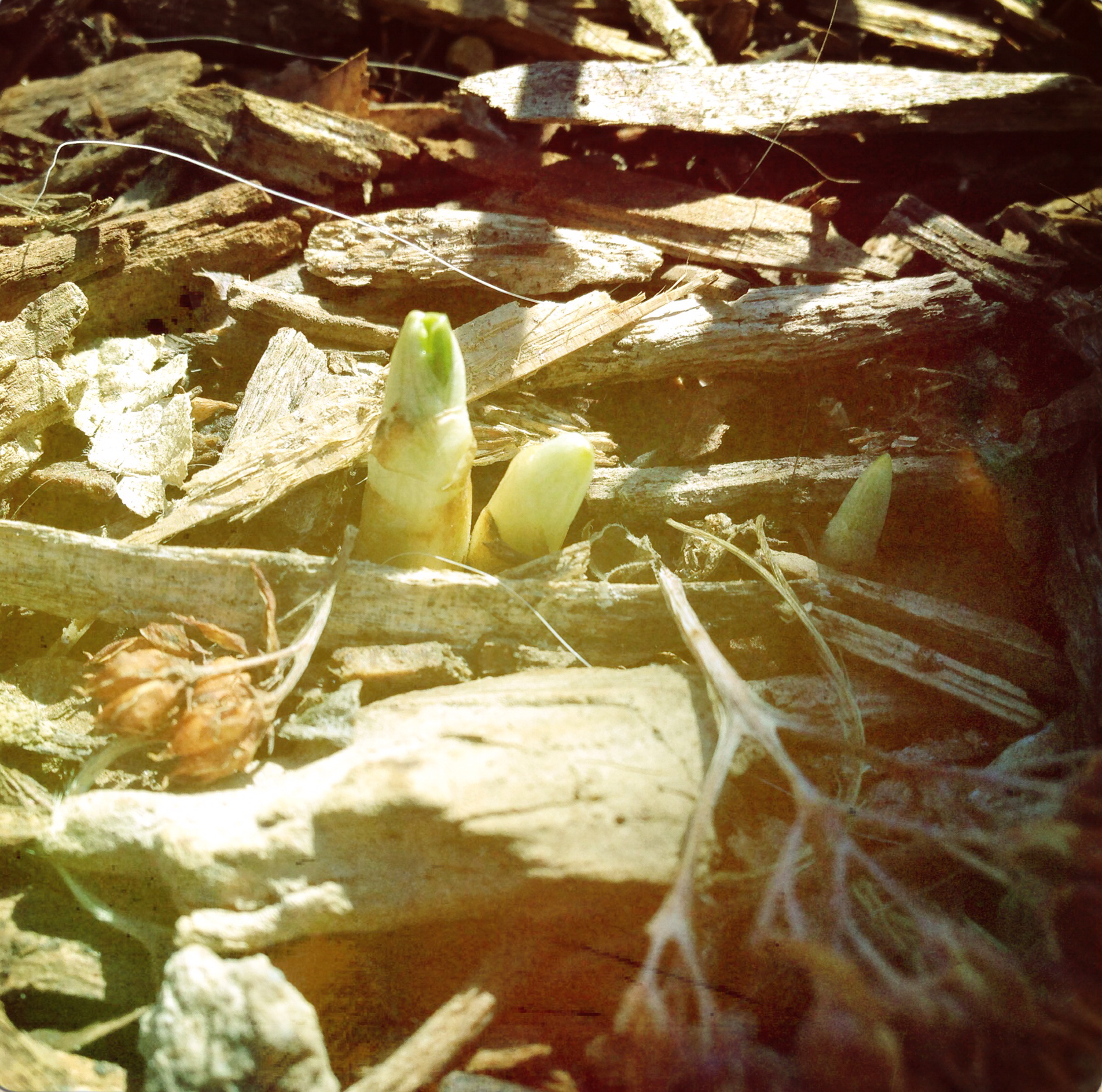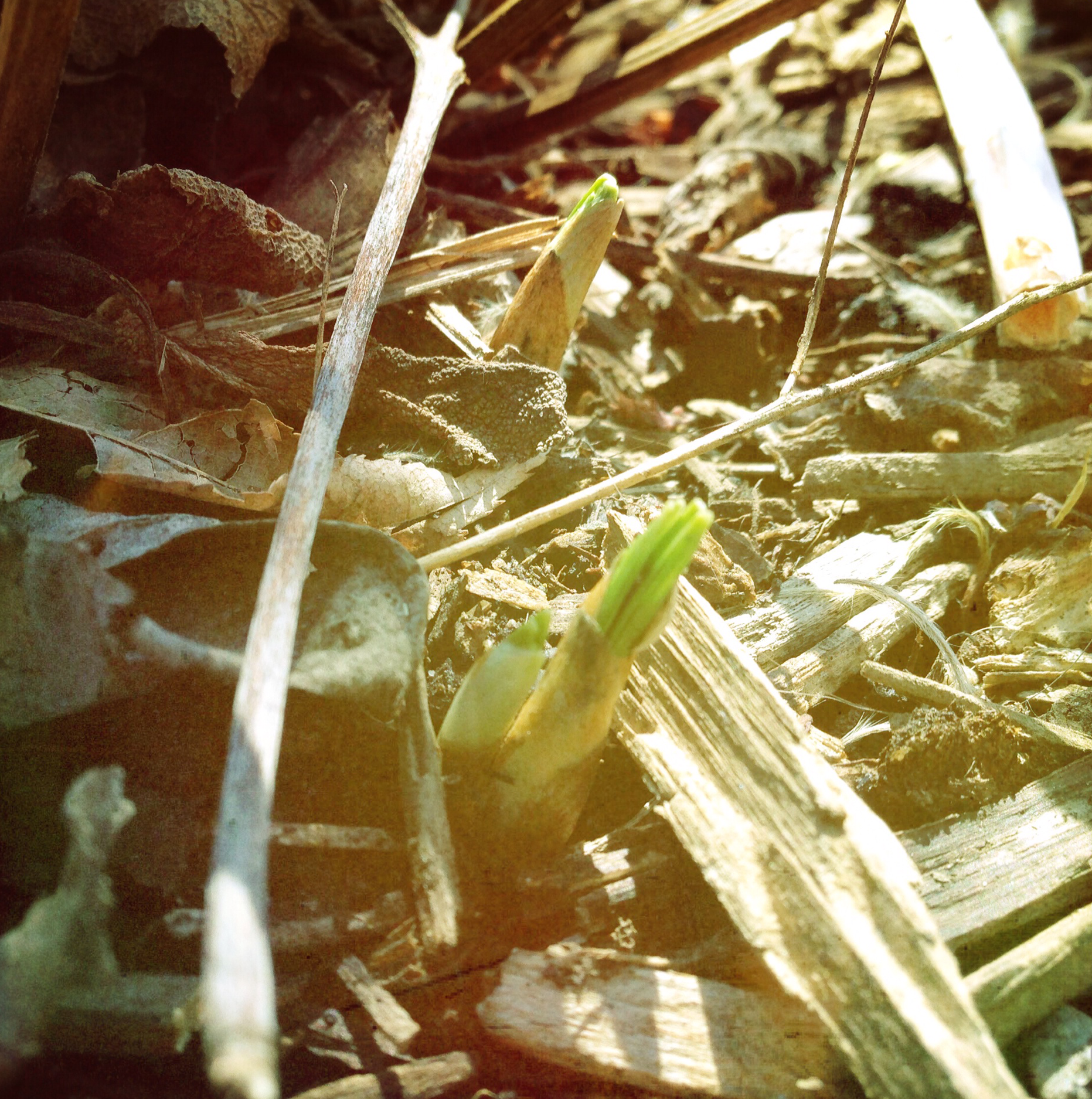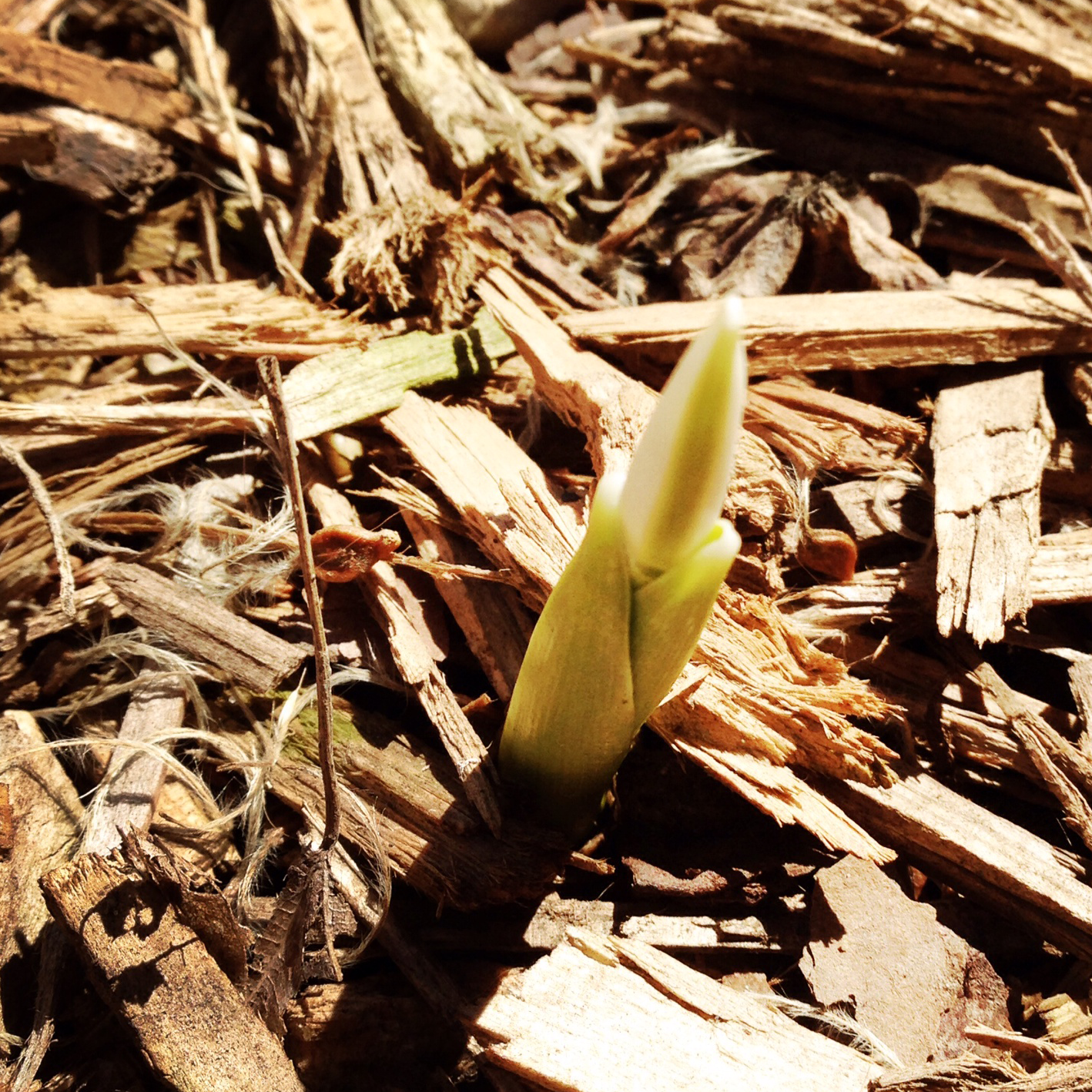Moving from the Midwest to the Pacific Northwest has meant adapting to a more urban environment, and although urban density may be good for the environment, it does present a new challenge for an avid Iowa home gardener: no yard. No yard?! No problem.
Intending to rise to this challenge, I am now the proud owner of a small P-Patch. So what is a P-Patch, you may ask? A P-Patch is a small plot of land rented out to urban gardeners, part of the community garden system of the greater Seattle Metro area. The "P" in P-Patch is in commemoration of the Picardo family, who donated the first plot of land from their farm to be used as a community garden back in 1973. Today the 88 individual patches in the program total up to 32 acres of land distributed throughout the city.
This is a picture of my first visit to plot #203, it was a weedy, gritty mess.
My very own P-Patch dog tag, plot #203.
The Sunset Walk Community Garden, where my P-Patch is located, has breathtaking views of Tiger Mountain in the distance.
Most people use the P-patches to grow edibles, but I will be using mine to grow stock plants for my front porch container garden, as well as for fresh cut flowers. I also want to use it as an experimental patch to grow plants from this climate, and to learn how more familiar plants behave differently in the Seattle weather.
The first order of business was amending the patch's growing media. The original soil was very sandy, which meant it had good drainage but lacked in water retention. It was also lacking in organic material, which meant it likely would not contain the nutrient profile required by most of the plants I wanted to grow.
Original P-Patch growing media. As you can see the soil is very sandy and loose, in contrast with the heavy clay soil I had in my Iowa garden. A good soil loam will have a balance between sand, clay, and silt. An easy way to test your soil's texture is to wet the soil, then try to make a ball with your fist. If it falls apart, you have sand. If it sticks together, you have clay.
Compost is truly the miracle cure for all soil texture and nutrient problems. It will help drain a clayey soil, retain moisture in a sandy soil, and provide organic matter that can be taken up by plants as fertilizer over time.
One of the great things about using compost is that it addresses both soil texture and fertilizer needs in a single, non-chemical, organic, solution. It is best to make your own, or use local compost when available. My new local compost is Cedar Grove Compost, which has a regional collection program that collects compostable material from homes and local businesses. This means it will have a good mix of yard waste as well as kitchen waste, which will give me a good Carbon to Nitrogen (C:N) ratio to support healthy plant growth.
Next time you feel the need to fertilize your plants or amend your soil, put aside the miracle-gro and think compost first!




